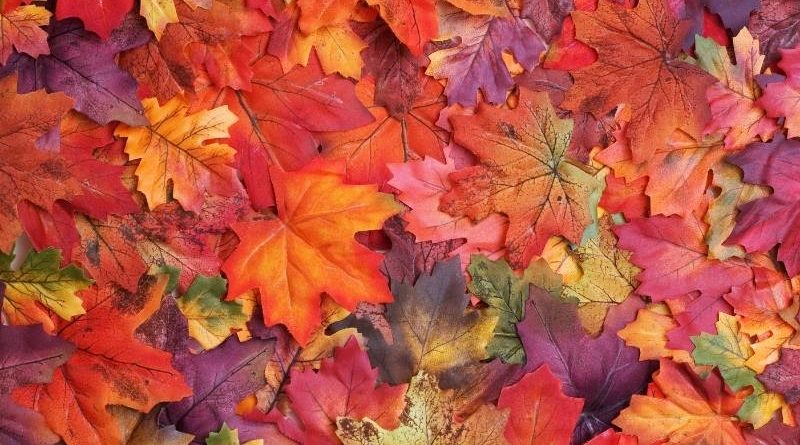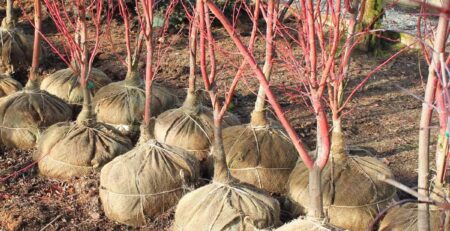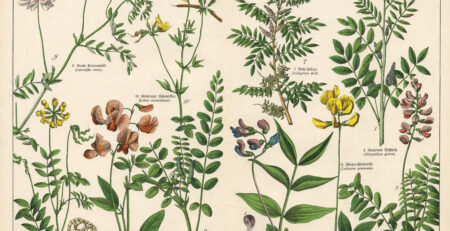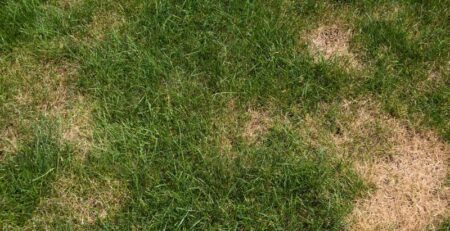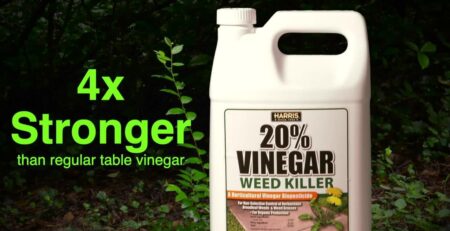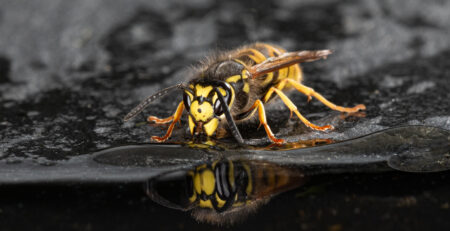What can you do with fall leaves instead of trashing them?
Q: What can you do with fall leaves instead of trashing them?
Fall is approaching and leaves will soon start falling. Every fall in Dallas you see streets lined with bags of leaves waiting for bulk trash collection. Unfortunately, the City of Dallas allows residents to mix leaves and other yard waste with items such as furniture and appliances. As a result, none of the organic materials collected are recycled. The city can’t compost a pile of leaves if there’s a TV and a recliner thrown in.
The city collected about 170,000 tons of bulk trash in a recent year and about half of it was yard waste. Although the city is studying changes to its brush and bulk trash collection program to improve recycling, there is much that individuals can do now to reduce the amount of yard waste sent to the landfill.
Leaves are a great place to start. The organic material in leaves improves the soil as it decomposes. When they fall, leaves contain 50-80 percent of the nutrients the plant extracted from the soil during the growing season. Returning as many of these nutrients as possible to the soil is good for your soil and good for your plants.
The Texas A&M AgriLife Earth-Kind landscaping program suggests four ways to use leaves and eliminate trashing them:
- For areas of lawn with just a light covering of leaves, simply mow over them. This is especially effective if you use a mulching mower. The fine leaf particles are virtually invisible and will slowly decompose to feed the lawn.
- If the leaf cover on your lawn is too heavy to just mow and leave them, use your leaves as mulch. Either collect them in a bag attached to your mower, or rake them into piles and run them over repeatedly with the mower to chop and shred them. Apply a 3-6 inch layer of chopped leaves around the base of trees and shrubs and a 2-3 inch layer around annuals and perennials. Mulch your vegetables too, and lay down an extra thick layer of leaves on walkways. Mulch provides nutrients to your soil, but also conserves moisture (and reduces water bills), moderates soil temperature, reduces erosion, and prevents And, leaf mulch is free.
- Till a 6-8 inch layer of leaves into your vegetable beds. It doesn’t matter if you have heavy clay or porous, sandy soil; both will benefit from the added nutrients and organic material. Fall is the perfect season to do this because it gives time for the leaves to decompose before spring planting. Adding a bit of fertilizer to the bed along with the leaves speeds up their decomposition.
- Finally, compost leaves in a trench, open pile, or compost bin. When you chop fallen leaves with your mower, the volume of the pile will be reduced up to 90 percent, and a big pile of leaves becomes a manageable pile of compostable material. Layer the chopped leaves with vegetable scraps from the kitchen, coffee grounds, manure, or rich garden soil with a little fertilizer added. Create a repeating series of layers and keep the pile moist. Turn the pile periodically to aerate it and speed up the process. If you have the space and aren’t in a hurry, just let it sit and work. Compost is ready to use when it’s dark and crumbly and looks nothing like the materials with which you started.
Once you see what a valuable resource leaves are for your lawn and garden, you won’t want to clutter up the landfill with them ever again. Texas A&M AgriLife provides more information about leaf management and composting online (https://aggie-horticulture.tamu.edu/earthkind/landscape/leaf-management-plan/).

